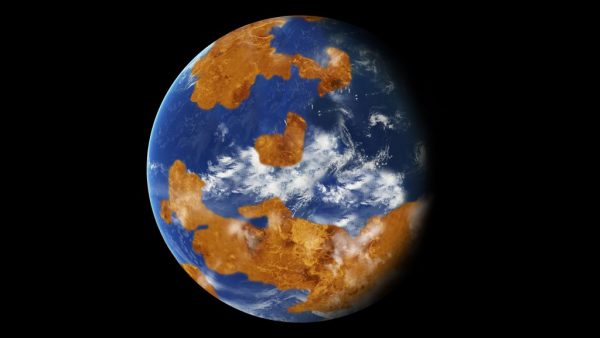Venus, our solar system’s broiling, radiation-bombarded, sulfuric-acid-raining, toxic hellscape of a planet, may once have hosted vast oceans … and could have been rather nice, actually.
In fact, a water-covered and life-friendly Venus possibly persisted for as long as 3 billion years, scientists recently reported.
But that idyllic time in Venus’ past ended abruptly between 700 million and 750 million years ago, when a near-planet-wide release of carbon dioxide (CO2) stored in surface rocks disrupted the planet’s atmosphere and triggered its transformation to the “hellish hothouse” that we know today, researchers said in a statement.
Venus and Earth could be planetary twins — well, almost. They’re similar in size and mass, but that’s where the resemblance ends. Venus’ surface temperatures are a face-frying 864 degrees Fahrenheit (462 degrees Celsius), hot enough to melt lead, according to NASA. Venus’ surface holds lava plains, craters, volcanoes and mountains, but they’re hidden under dense clouds of sulfuric acid. The planet’s atmosphere is mostly CO2 and nitrogen, and is about 90 times as thick as Earth’s atmosphere, NASA said.
This ferociously inhospitable environment makes Venus incapable of sustaining most life as we know it; Venus is therefore sometimes referred to as Earth’s “twisted sister.”
This article was originally posted on Queer SF











